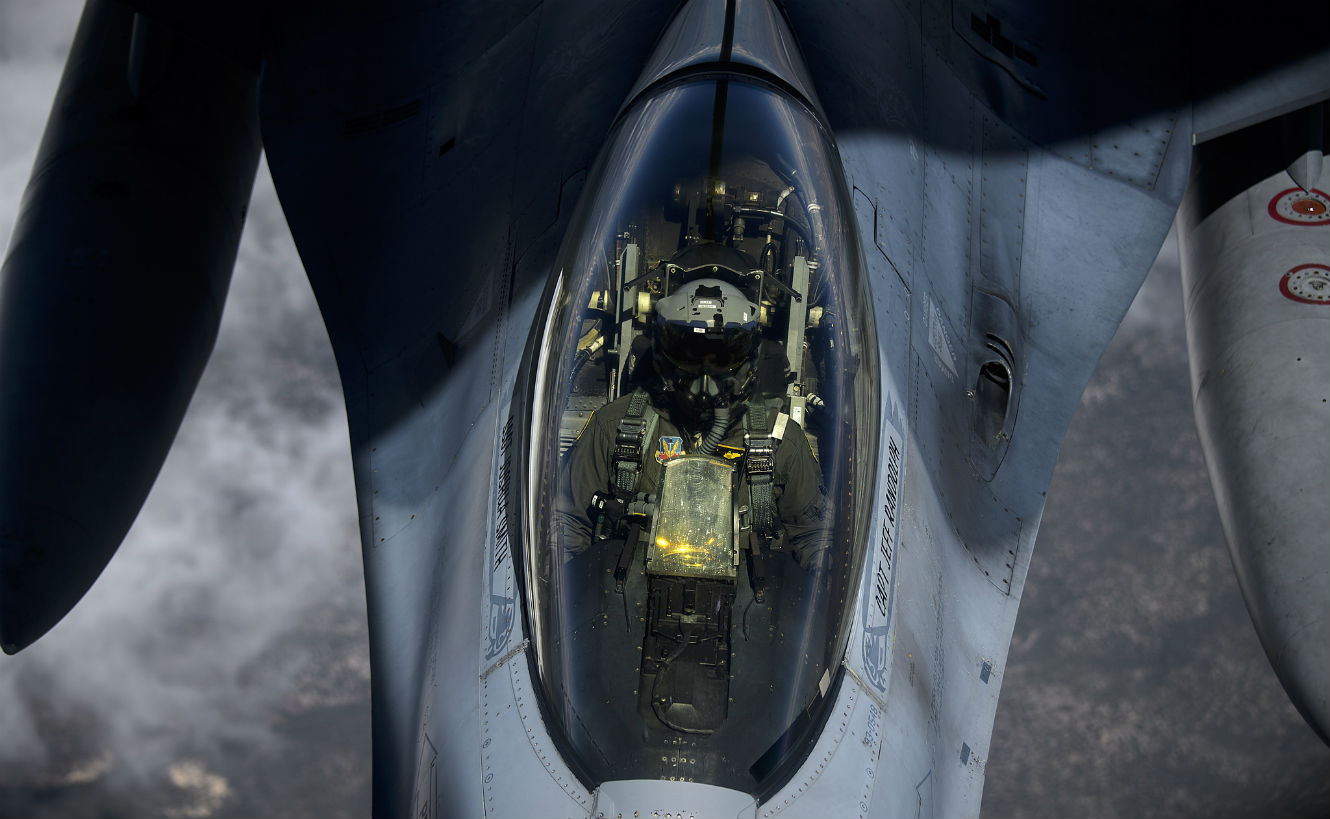Wednesday, 18 January 2017 | Deepak Sinha |
The only viable option for the Modi Government is to go back to the status quo ante as it existed before the Third Pay Commission started tinkering with the issue of civil-military parity. But sooner or later, the Government must take initiatives to move ahead in this direction
When is a scam not a scam? The short answer obviously would be, when it is approved by the Government in power. But then, the question arises: Is that necessarily true?
Take the case of the Non Functional Financial Upgrade or NFFU. Introduced by the Sixth Central Pay Commission (CPC), it allows for the grant of a higher pay scale on non-functional basis to the All India and Organised Group ‘A’ Services till Senior Administrative Grade (SAG) and Higher Administrative Grade (HAG) level after a gap of two years compared to an IAS officer of the same batch, who is posted at the Centre at the SAG or HAG level.
This promotion was independent of organisational requirements, availability of vacancies and level of responsibility or span of control of a post.
In simple terms, it implied that when an IAS officer from a particular batch (a batch includes everyone who joins service the same year) was promoted to a certain rank, all batch-mates from Group A Central Services automatically started drawing the same pay scale two years after that individuals promotion.
Thus, even as those officials continue to discharge their earlier functions, they are upgraded to the higher pay grade of their IAS batch-mate. Effectively, this has meant that every central services officer makes it to top pay grades, albeit with a two-year time lag behind the IAS.
It goes without saying that such a system is contrary to all principles of management and completely without precedent anywhere in the world, in either the Government or the corporate sector.












